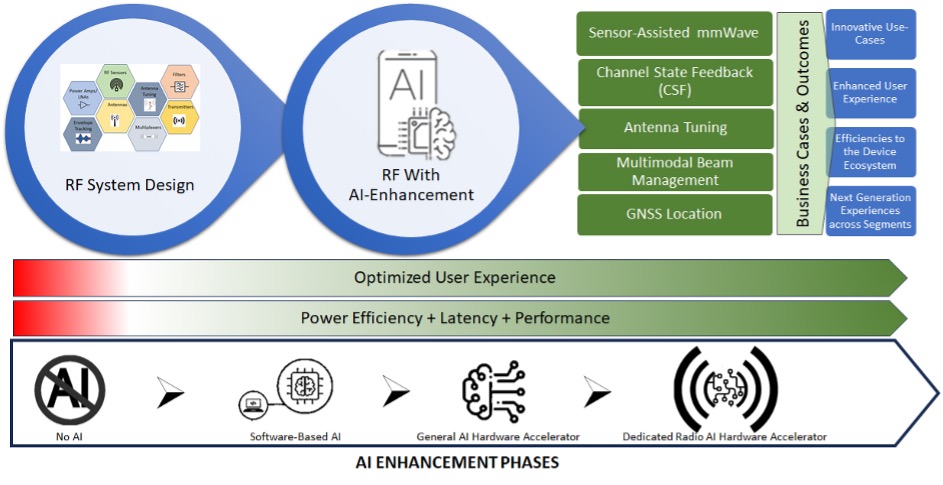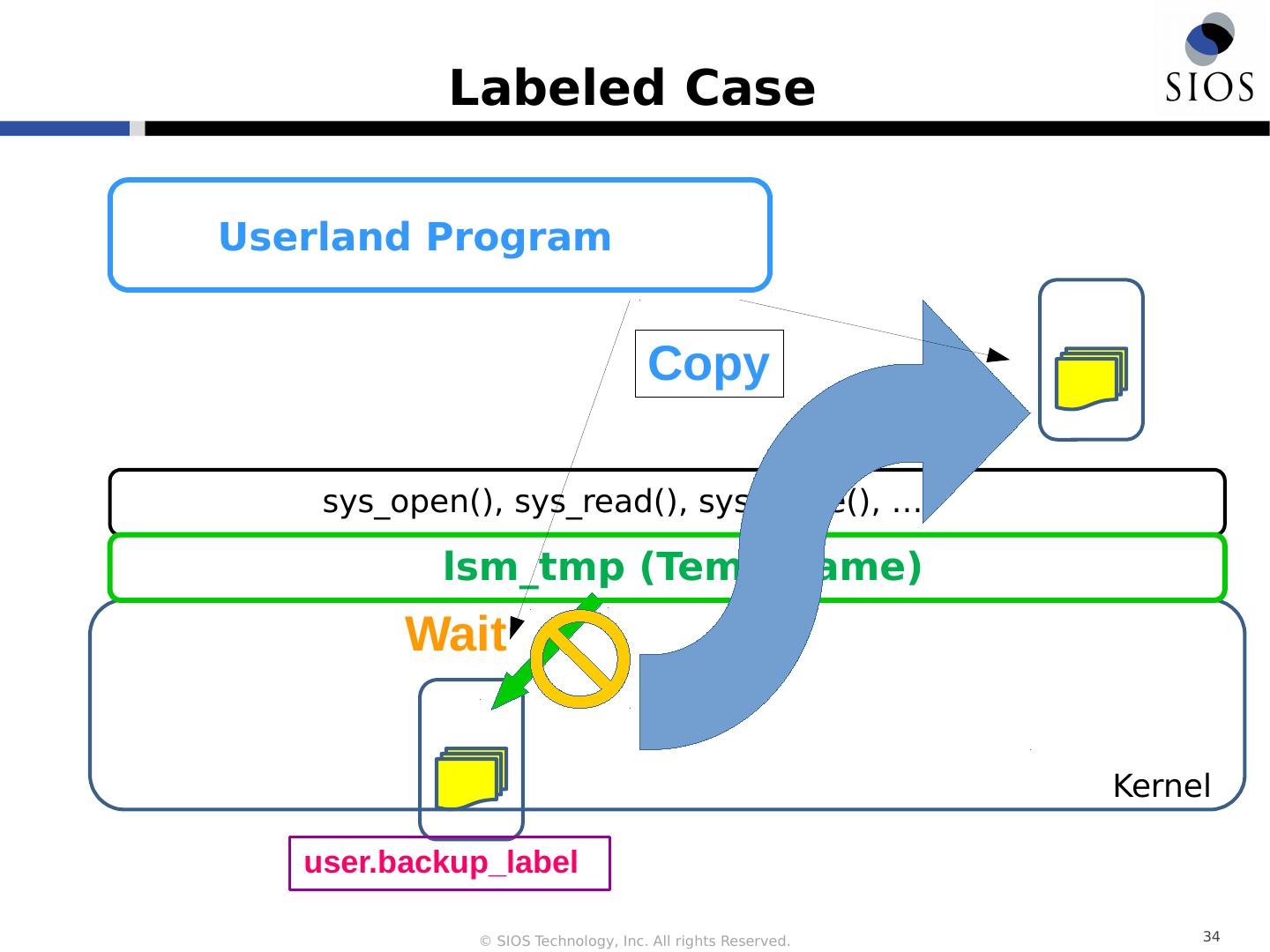Libre Hardware vs. Open Hardware: A Comparative Analysis
In this article, we will explore the differences and similarities between Libre Hardware and Open Hardware. Libre Hardware, which originated from the GNU project, emphasizes freedom and openness, while Open Hardware focuses on collaboration and shared knowledge. We will compare their approaches to hardware design, manufacturing, and distribution, as well as their respective communities and cultures. Through this analysis, we aim to gain a deeper understanding of these two important concepts in hardware development and to help readers determine which approach is most suitable for their specific projects or interests.
In recent years, the concepts of libre hardware and open hardware have gained significant attention in the technology industry. While both approaches share a common goal of promoting transparency and openness in hardware design and manufacturing, there are notable differences between them that are worth exploring.
Libre hardware, as the name suggests, refers to hardware that is free from proprietary software or hardware components. It typically consists of devices that are designed to be free from any form of digital restrictions or patents. The libre hardware movement was heavily influenced by the open source software movement, which encouraged developers to share their code and collaborate on projects. By extension, libre hardware aims to promote a similar spirit of collaboration and openness in hardware design.

On the other hand, open hardware refers to hardware that is designed to be open and accessible to all. It often involves hardware that is designed with openness in mind, using standardized designs and protocols that encourage third-party development and customization. Open hardware projects often involve community-driven development efforts, with participants from all backgrounds and skill levels contributing to the project. One notable example of open hardware is the Raspberry Pi, which was designed to be an affordable, credit-card sized computer that could be used by individuals and organizations alike.
In terms of their impact on the technology industry, libre hardware and open hardware have both facilitated the development of more transparent and accessible technology. By encouraging open collaboration and community-driven development, these approaches have democratized technology development, making it possible for individuals and organizations to participate in the creation of new technologies on their own terms. This has led to a more diverse and inclusive technology industry, with a wider range of voices and perspectives represented.
Moreover, libre hardware and open hardware have also facilitated the development of new products and services that are designed to meet the needs of specific communities or user groups. For example, libre hardware projects like the fairphone aim to provide users with an ethical and transparent alternative to traditional smartphones. By contrast, open hardware projects like the Raspberry Pi have made it possible for individuals to create their own computers, with a wide range of uses including education, research, and even commercial ventures.

In conclusion, libre hardware and open hardware are important approaches that promote transparency and openness in technology development. By encouraging collaboration and community-driven development, these approaches have made it possible for individuals and organizations to participate in technology creation on their own terms. This has facilitated the development of more diverse and inclusive technology industries, with a wider range of voices and perspectives represented. As we move forward into the future, it will be important for technology industries to continue to embrace these approaches in order to create more sustainable and equitable technology ecosystems.
Articles related to the knowledge points of this article:
McLeansboro Hardware: A Legacy of Quality and Innovation
Drum Hardware: The Essential Elements



